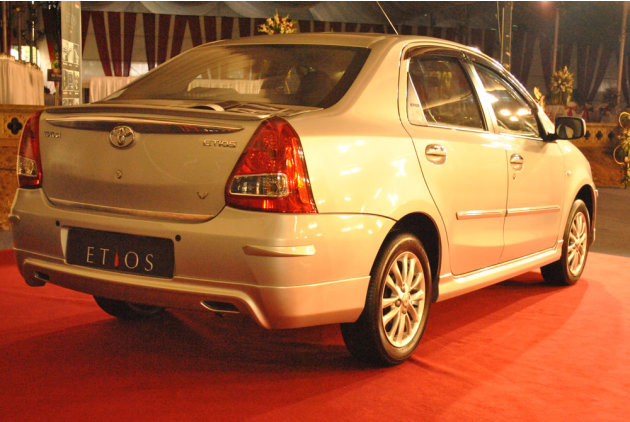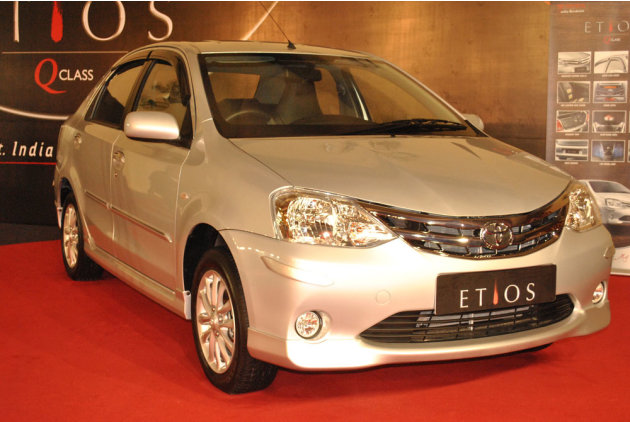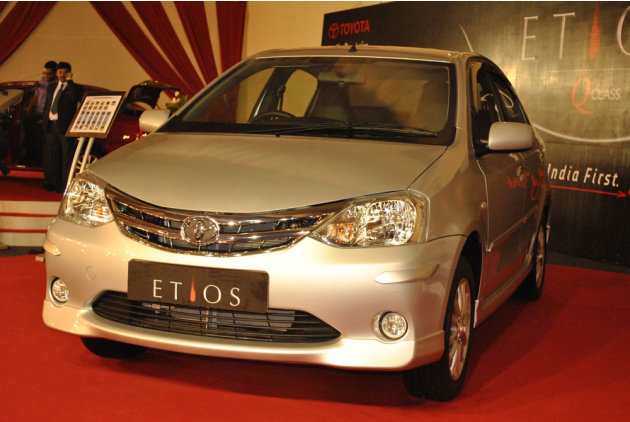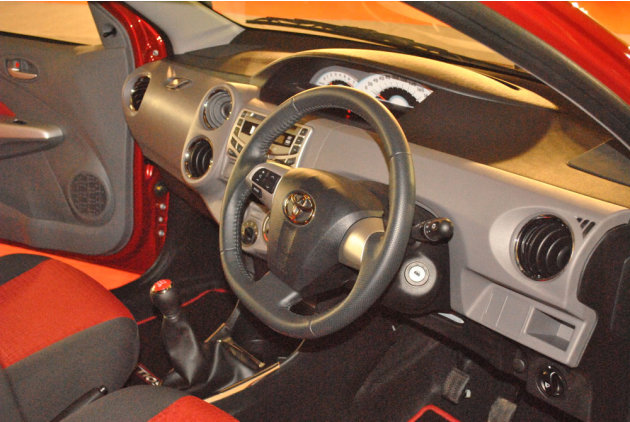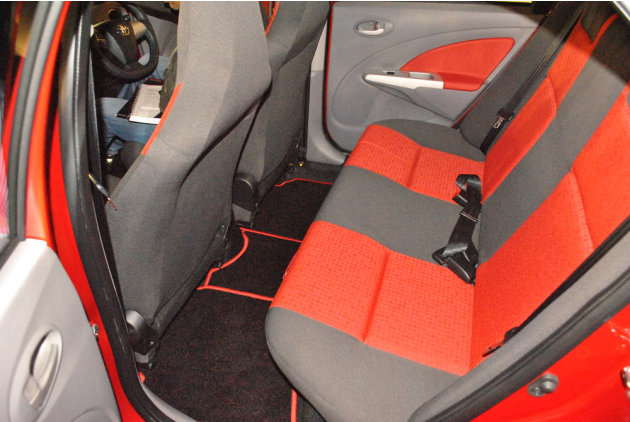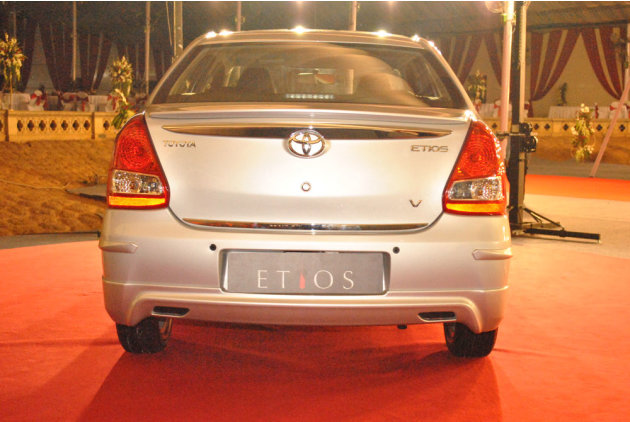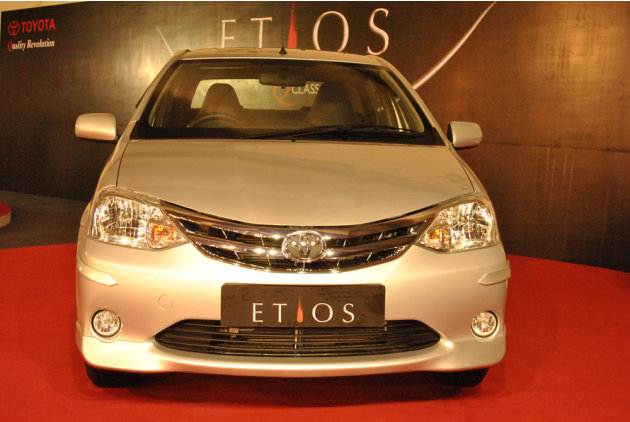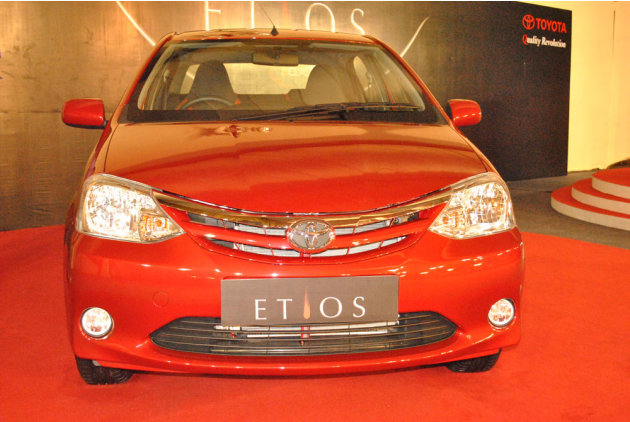
Allan Island, named for a Navy hero, is a 292-acre island north of Seattle, WA.
Try telling billionaires the U.S. housing market is in the dumps. Many of the world’s richest have eagerly been snapping up lavish properties from coast to coast this year. Venture capitalist Yuri Milner broke price records with his $100 million Silicon Valley home purchase, Formula One heiress Petra Ecclestone shelled out $85 million on Los Angeles’ Spelling Manor, and industrialist scion Alexander Rovt rescued Manhattan’s Henry T. Sloane Mansion out of foreclosure for $33 million, to name but a few. Even Mark Zuckerberg became a homeowner. But while many billionaires have been busily buying up real estate, one is actually selling.
Paul Allen, the Microsoft co-founder that ranks 57th on the Forbes World’s Billionaires list with $13 billion, is offloading his private island. Allan Island, situated near Anacortes, Wash., is back on the market and at a reduced price, reports the Seattle Post-Intelligencer and Realtor.com. Allan Island has bounced on and off the sale block since 2005, when its initial price tag was $25 million. It took a $5.5 million price chop in 2006 before re-emerging with the current $13.5 million asking price. Windmere Real Estate has the listing. Allen bought the island in 1992, reportedly to build a vacation home, before snatching up the Sperry Peninsula site on nearby Lopez Island in 1996 and abandoning his original plans.

Allan Island, named for a Navy hero (not the billionaire), is an almost entirely undeveloped 292-acre island jutting out of the Pacific Ocean, north of Seattle. It is one of 172 islands comprising the San Juans archipelago. The land boasts one modest house — a caretaker’s cabin fitted with water, septic and generator. There’s also a 2,400 foot grass airstrip and a boat dock, the only two means by which a person can access the island. Jeep trails wind through the acreage and beaches dapple the coastline. The island does not, however have electricity. That would cost about $3 million to pipe in, says Wally Gudgell, the property’s listing agent and a 40-year veteran of private island real estate sales.

The sole island house is a caretaker's log cabin, outfitted with water, septic and generator.
The uninhabited, mansion-less island may seem like a daunting amount of work for a vacation home, but it comes with a legal option that sweetens the deal: approval for the subdividing and construction of up to 44 five-acre lots. Forty of those potential parcels tout ocean views. Three working wells capable of supplying all the lots are already in place. It means the island may sell as a commercial investment, for example to a developer hoping to erect an eco-resort. The business possibilities, similar to those offered at Jackson Wyoming’s $175 million ranch, are already luring prospective buyers.
“We’ve had it on and off the market for several years and we’ve had it in escrow several times and for various reasons — some on the buyer side, some on the seller side — we didn’t consummate a transaction,” explains Gudgell. “We’ve had buyers from every background looking at it and making offers on it.” He anticipates a deal will stick, especially with the lowered price tag.
The land holds approval for up to 44 subdivisions, most with ocean views.
Private islands hold a special niche in real estate. Gudgell says they speak to a smaller pool of buyers and can take much longer to market and sell. Notable island owners are Johnny Depp, who owns a cay in the Bahamas; Mel Gibson who owns Mago Island in Fiji; and magician David Copperfield, who rents out Musha Cay for tens of thousands a night. Fellow billionaire Richard Branson owns Necker Island in the British Virgin Islands where, as my colleague Clare O’Connor reported, his home unfortunately burned to the ground when lightening caused by Hurricane Irene struck.
News from - http://realestate.yahoo.com/promo/billionaire-seeks-to-unload-a-private-island.html
